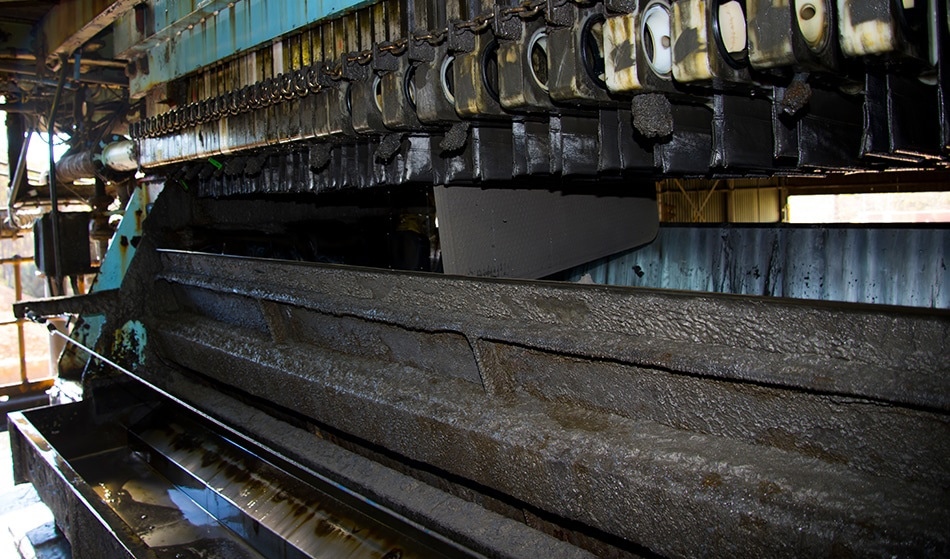Sep 24 2014
Electrolysis is a process where an electric current drives a chemical reaction (which would otherwise not occur) across the electrodes. The medium is called an electrolyte, which may be an ionic solution or a molten mass. A difference of voltage potential across the electrodes causes the ions to migrate according to the electrode potentials, resulting in a complete circuit. The reaction is complete when the ions are exhausted in the electrolyte.
Many elements were discovered by Sir Humphery Davy using electrolysis. The term, ‘electrolysis’ was coined by Michael Faraday whose laws quantify the process.
Electrolysis is primarily used in mining where an electric current is passed through a solution containing dissolved metals, causing the metals to be deposited onto the cathode. The electric current causes a forced oxidation-reduction reaction. Electrolysis is an integral part of electrometallurgy, and highly pure elements can be produced using this process.
Generally, all mining operations require the ore to be beneficiated (treating a raw material to improve its properties). To achieve this, the ore is crushed and roasted to convert sulfides into oxides and finally smelted to produce matte. It is then subjected to various refining processes, with the final step being the electrolysis. For example, bauxite has to be processed into pure aluminum oxide before it can be then converted into aluminum by electrolysis.

Image Credits: Adwo/shutterstock.com
Copper Refining Using Electrolysis
Copper refining to an almost pure state done by electrolysis is an excellent example of the process. Blister copper is considered to be a highly pure form of copper - around 99%. However, in today's market, this level of purity is still not enough; as a result, the blister copper is purified further using an electrolysis process known as electrolytic refining.
In this process, the blister copper is cast into large slabs which are used as anodes in the electrolysis apparatus. The anodes are immersed in an electrolyte containing copper sulfate and sulfuric acid. Pure copper cathodes are arranged between the anodes, and a current of more than 200A is passed through the solution. This causes copper atoms to dissolve from the impure anodes and form copper ions. The ions migrate towards the cathodes where they are deposited back as pure copper atoms.
With electrolytic refining, it is possible to produce 99.99%, pure copper
Various Types of Electrolysis Methods
Electrowinning is an electrolysis process that is used for recovering metals in aqueous solution after the ore undergoes one or more hydrometallurgical processes. Fused salt electrolysis is a type of electrometallurgical process in which a metal is dissolved into a molten salt which acts as the electrolyte, and the metal collects on the cathode of a cell.
Electrolysis is also used in electroplating, where a thin film of metal needs to be deposited on a substrate. This usually helps prevent corrosion of underlying metal or provides a shiny and reflecting surface. In addition to the extraction of elements, electro-refining, and electroplating, electrolysis is used in the production of various chemicals and electro-cleaning.
Sources and Further Reading
This article was updated on the 11th April, 2019.